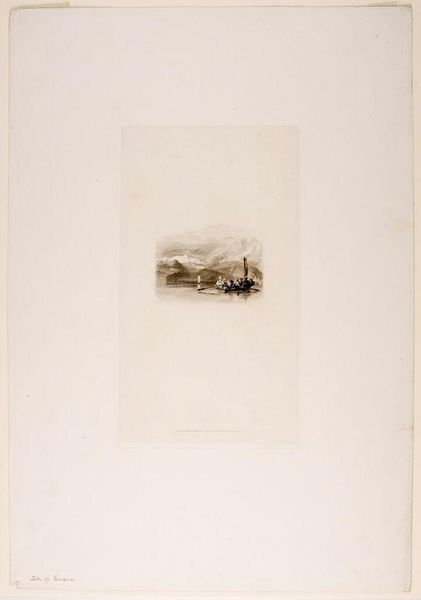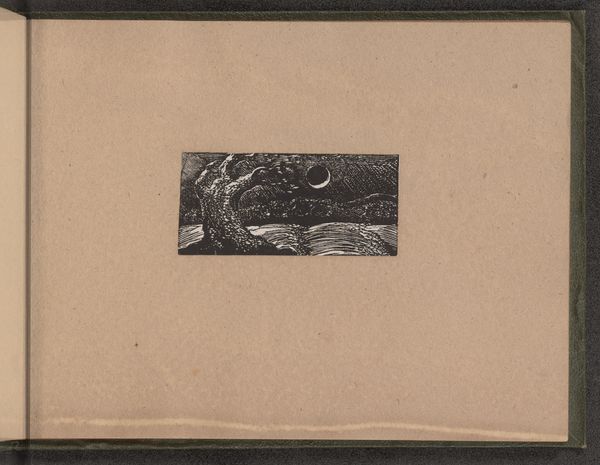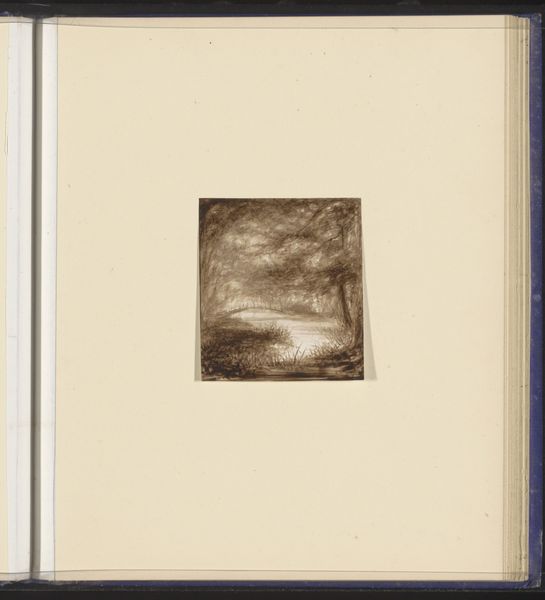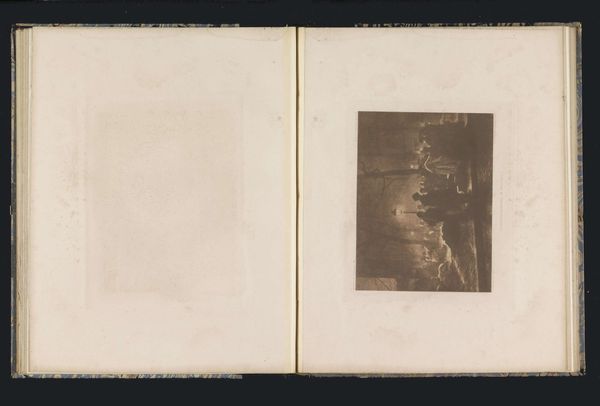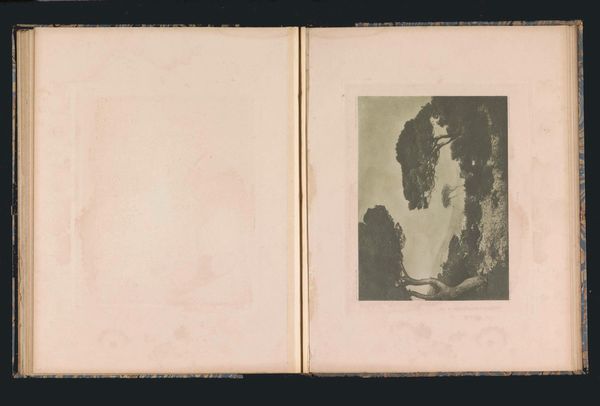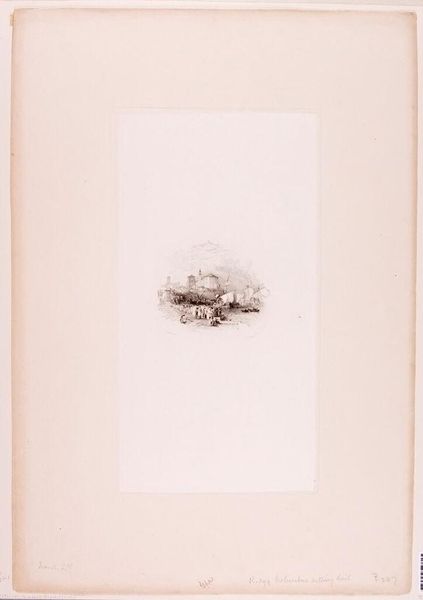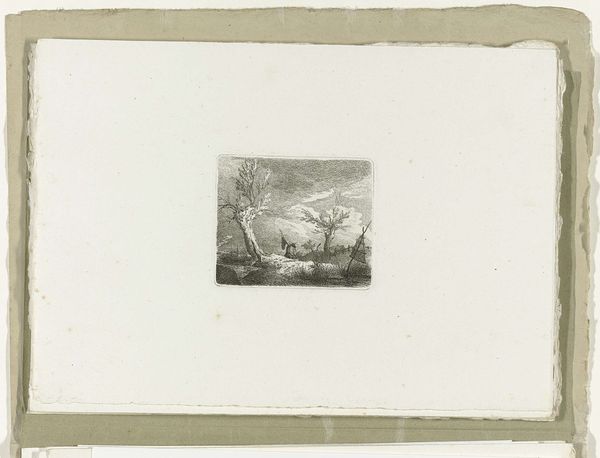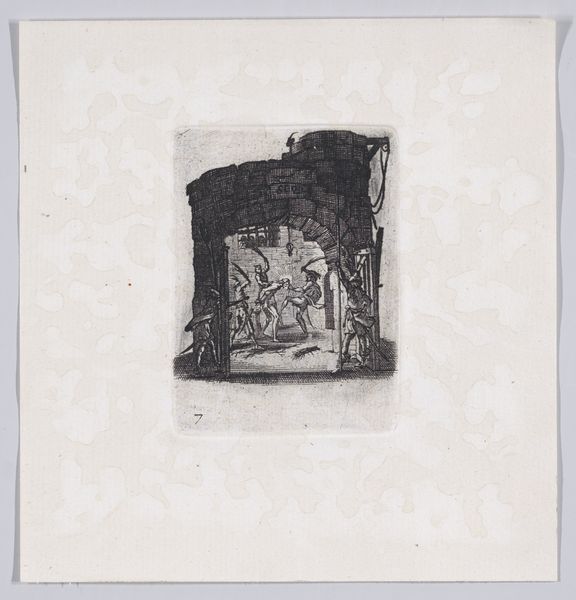
Dimensions: object: 305 x 305 x 135 mm
Copyright: © Genesis P-Orridge | CC-BY-NC-ND 4.0 DEED, Photo: Tate
Editor: This is Genesis P-Orridge's "It’s That Time Of The Month (from Tampax Romana)" from the Tate collection. It's...unsettling. What's the historical context of a piece like this? Curator: P-Orridge was known for challenging social norms through confrontational art. Consider the shock value and the societal taboos surrounding menstruation at the time. This piece directly confronts the sanitized, often hidden, reality of the female body. Editor: So, it's a political statement? Curator: Absolutely. It's a deliberate act of making the private public, questioning institutional power structures that control representations of the body, particularly the female body. What do you think the choice of the title implies? Editor: It seems to be reclaiming ownership, refusing to be ashamed. I hadn't thought about art in such explicitly political terms before. Curator: Precisely. Understanding art's role in social discourse is key to unlocking its deeper meanings.
Comments
tate 7 months ago
⋮
http://www.tate.org.uk/art/artworks/p-orridge-its-that-time-of-the-month-from-tampax-romana-t13864
Join the conversation
Join millions of artists and users on Artera today and experience the ultimate creative platform.
tate 7 months ago
⋮
Genesis P-Orridge is an artist, musician and poet who explores gender and sexuality. They founded confrontational performance art collective COUM Transmissions in Hull in 1969. COUM developed into influential industrial music band Throbbing Gristle. P-Orridge said this moved the art out of the gallery onto the street: ‘to test it out in the real world… a little mini-Dada movement, eh?’ P-Orridge self-identifies as ‘third gender’. This work was first exhibited at the controversial exhibition Prostitution at the ICA in London in 1976. Gallery label, July 2017


